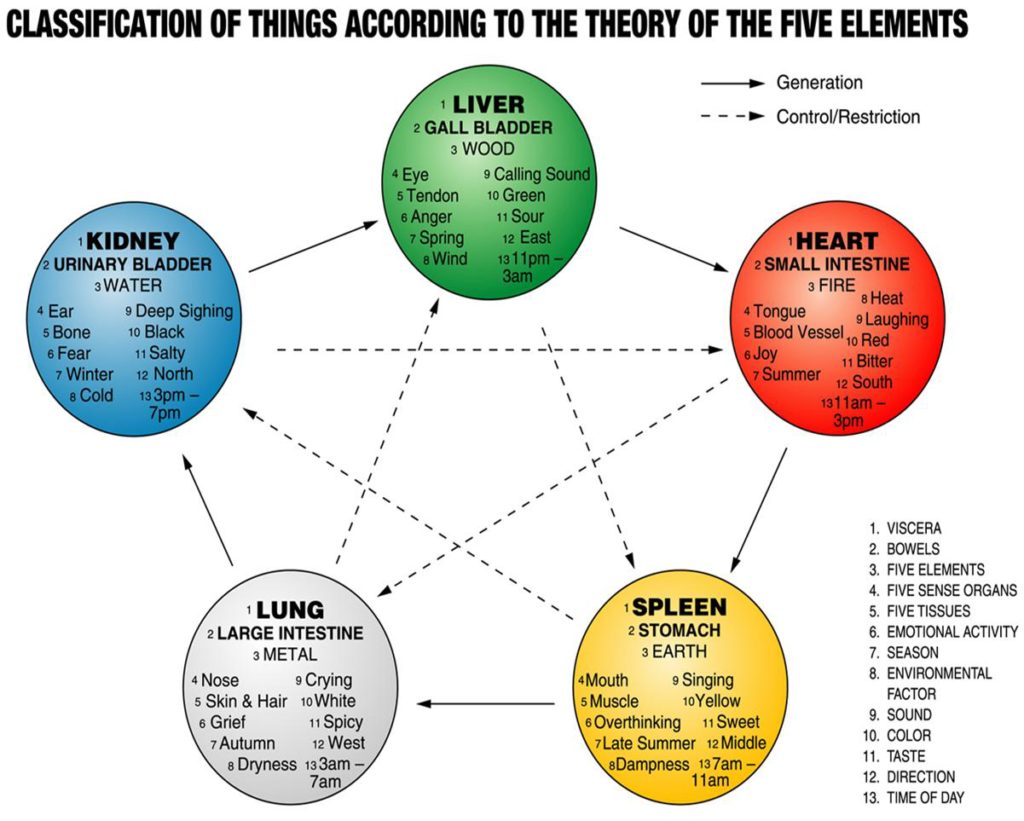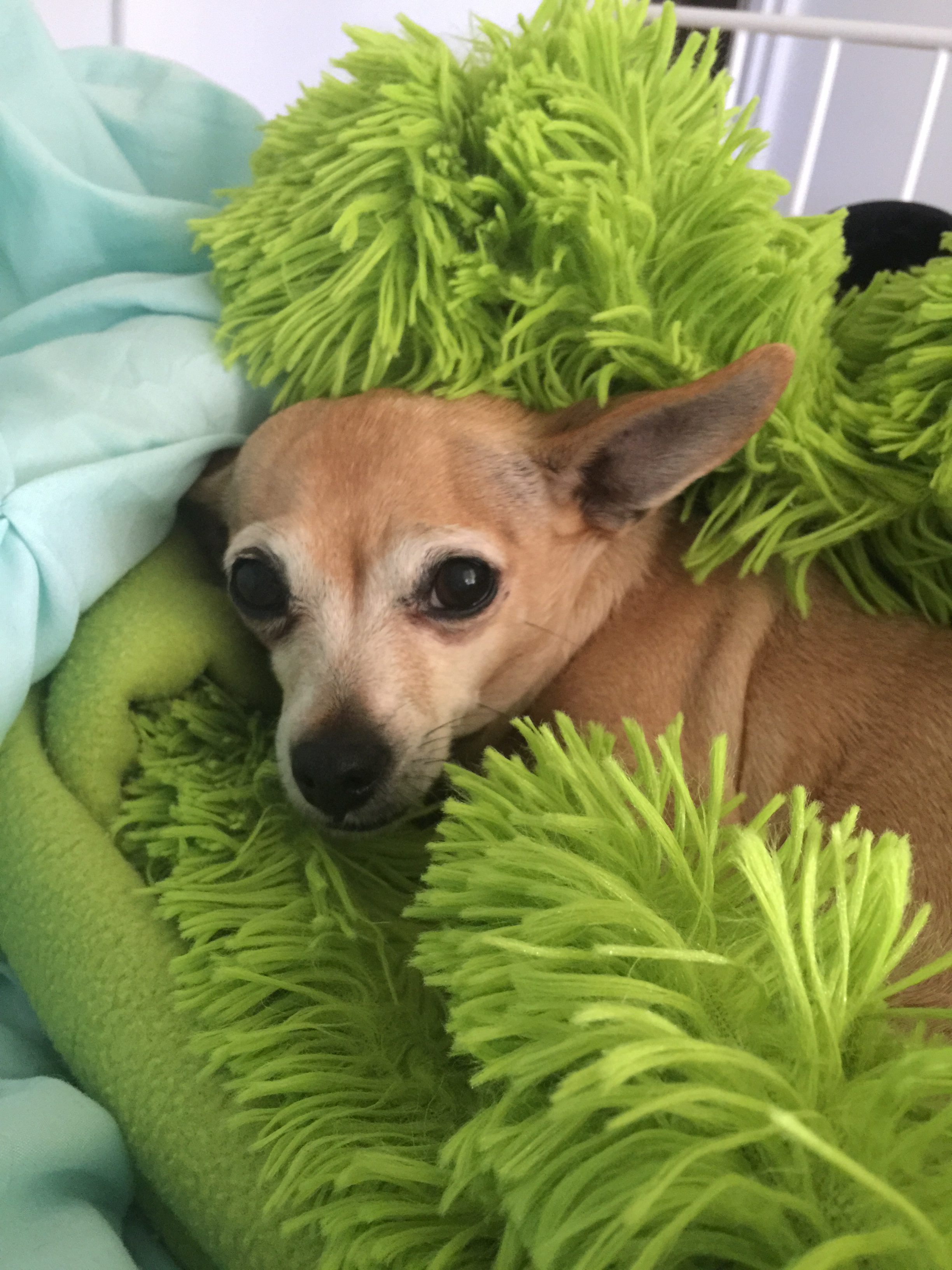ACUPUNCTURE FOR YOUR PET
Acupuncture can be of great benefit in patients who react badly to conventional medicines, where conventional treatments are not working sufficiently well and also in cases where surgery is not an option for the patient due to health or financial constraints.
As well as its well-known pain relieving effects, acupuncture can also be of great benefit as a supportive treatment for a variety of medical conditions.
Acupuncture is beneficial in many species of animals including dogs and cats, but also birds, rabbits and other small animals can respond well.
Medical conditions where acupuncture can be of benefit:
• Any painful condition – arthritis, back pain, soft tissue injuries, trigger point pain etc.
• Adjunctive treatment and palliative care for a variety of conditions, to provide pain relief, boost appetite and improve general well-being. Including but not limited to:
- Cancer
- Cystitis
- Gastroenteritis
- Kidney failure
- Chronic respiratory disease
- Heart disease

What you can expect from an acupuncture treatment:
In most cases Karin will have spoken to you about your pet’s condition beforehand, and will usually also have a history or clinical notes from your primary care veterinarian.
At the first visit Karin will discuss your pet’s condition and go through any relevant medical history.
Your pet will be fully examined and assessed from a Western and Traditional Chinese Veterinary Medicine (TCVM) perspective.

Acupuncture points will be selected and needles placed at certain points. The needles are left in from between 10 and 20 minutes. Some myofascial trigger points will only have a needle placed for a short period before being removed. Some patients may flinch with the placement of needles at certain points that are particularly sensitive, but they are generally well tolerated. On the rare occasion that a needle continues to cause discomfort it will be removed. Once all the needles have been placed the animal will generally relax, and some patients even go to sleep, helped by the release of endorphins in response to the placement of the acupuncture needles.
Acupuncture has a cumulative effect, so most cases are seen at weekly intervals and we recommend to allow at least three visits in order to achieve best response to treatment. Most patients then do well with a one-off session after one month, and then at longer intervals as needed. Unfortunately there is a small proportion of patients who do not respond to acupuncture. The same scenario is seen in human acupuncture patients, and the reasons are poorly understood.
How acupuncture works:
Simplistically, from a Chinese Medicine point of view, acupuncture works by moving energy (Qi) along pathways (Meridians) in order to cause an effect in different organ systems. If Qi is deficient there will be weakness in the corresponding organ system, causing illness. If Qi is blocked there will be pain in that Meridian. Qi can be thought of both as physical substances such as blood cells, immune mediators and nutrients circulating through the blood stream, and also movement or function such as nerve signals, immune function and a nonspecific energy or “life-force".
Traditional Chinese Medicine (TCM) does not just look at the particular disease process, but also looks at the body’s response to the illness and patterns of disease. TCM is therefore able to provide a boosting or supportive effect on the body and its organ systems, which is rarely available with Western or Conventional Medicines. Balance is a very important concept in TCM, looking at aspects such as Yin & Yang, heat and cold, Excess and Deficiency, and it will also take into account other factors such as the patient’s Constitution based on Five Element theory. The practitioner will consider all of these factors and many more, before deciding on which acupuncture points to choose, and whether other therapies such as diet change, massage, Reiki or Herbs may also be beneficial.

Western Science has more recently proven the mechanism behind some of the effects that we can see from acupuncture, and ongoing research continues to give us more information.Acupuncture points have been found to be areas in the skin and tissue with reduced electrical resistance, increased electrical conductivity and a high density of nerve endings, blood vessels, lymphatic vessels and inflammatory cells.Scientific research has found four main modes of action of acupuncture:
1. Local Effect
a. Increases blood flow and causes release of inflammatory mediators and nerve growth factors
b. Relief of muscle spasm and improved wound healing.
2. Spinal Effect (Gate Theory) – Blocks the pain signal by the effect of enkephalins and dynorphins within the spinal cord segment. This is the main method via which acupuncture provides pain relief.
3. Brainstem Effect – release of Endorphins and “feel-good” factors such as Serotonin and Oxytocin
4. General Effect via the Limbic System – general calming effect, improved wellbeing, reduction in nausea, improved sleep, boosting immune function. This can provide pain relief by altering the patient’s response to or perception of pain.

Myofascial trigger points.
Myofascial trigger points are hypercontracted painful areas within the muscle that can be felt as knots or taut bands. The ongoing abnormal contraction leads to release of inflammatory mediators causing local pain and referred pain. Trigger points form in response to any situation which causes the muscle to be contracted for longer than normal. For example, a painful joint which causes the patient to hold or use its limb in an abnormal way will cause trigger points to form in the abnormally contracted muscles.Pain in internal organs can also set up trigger points in muscles, due to a spinal feedback mechanism. Because of this, acupuncture can be of great benefit in painful conditions such as chronic cystitis or ongoing gastrointestinal disease, to relieve trigger point pain while appropriate medical treatment is undertaken.
Myofascial trigger points are very poorly responsive to drug therapy, and will need physical therapy such as massage, TENS (Transcutaneous Electrical Stimulation) or acupuncture. Trigger points can be released either by needling the trigger point directly, or if this is too painful, by placing needles in the same spinal segment, away from the very painful area.Studies have now found that there is a correlation between myofascial networks and Acupuncture meridians, which helps to explain some of the effects of acupuncture that we can see in our patients.